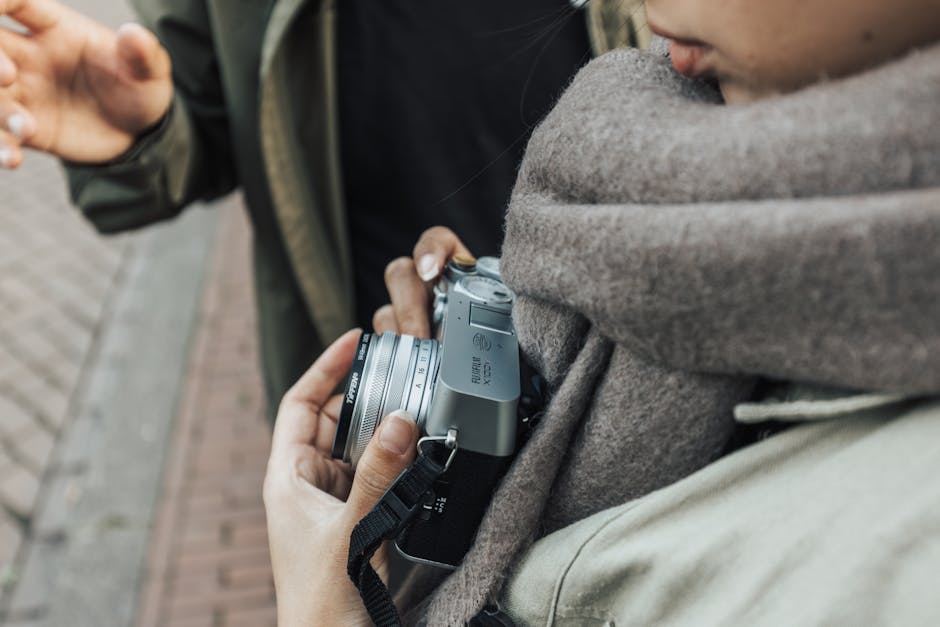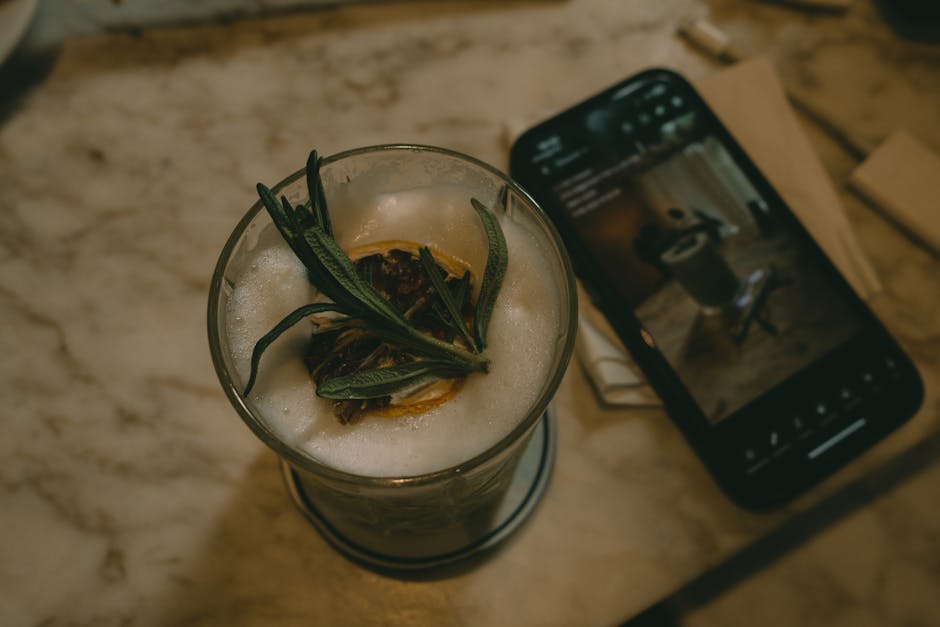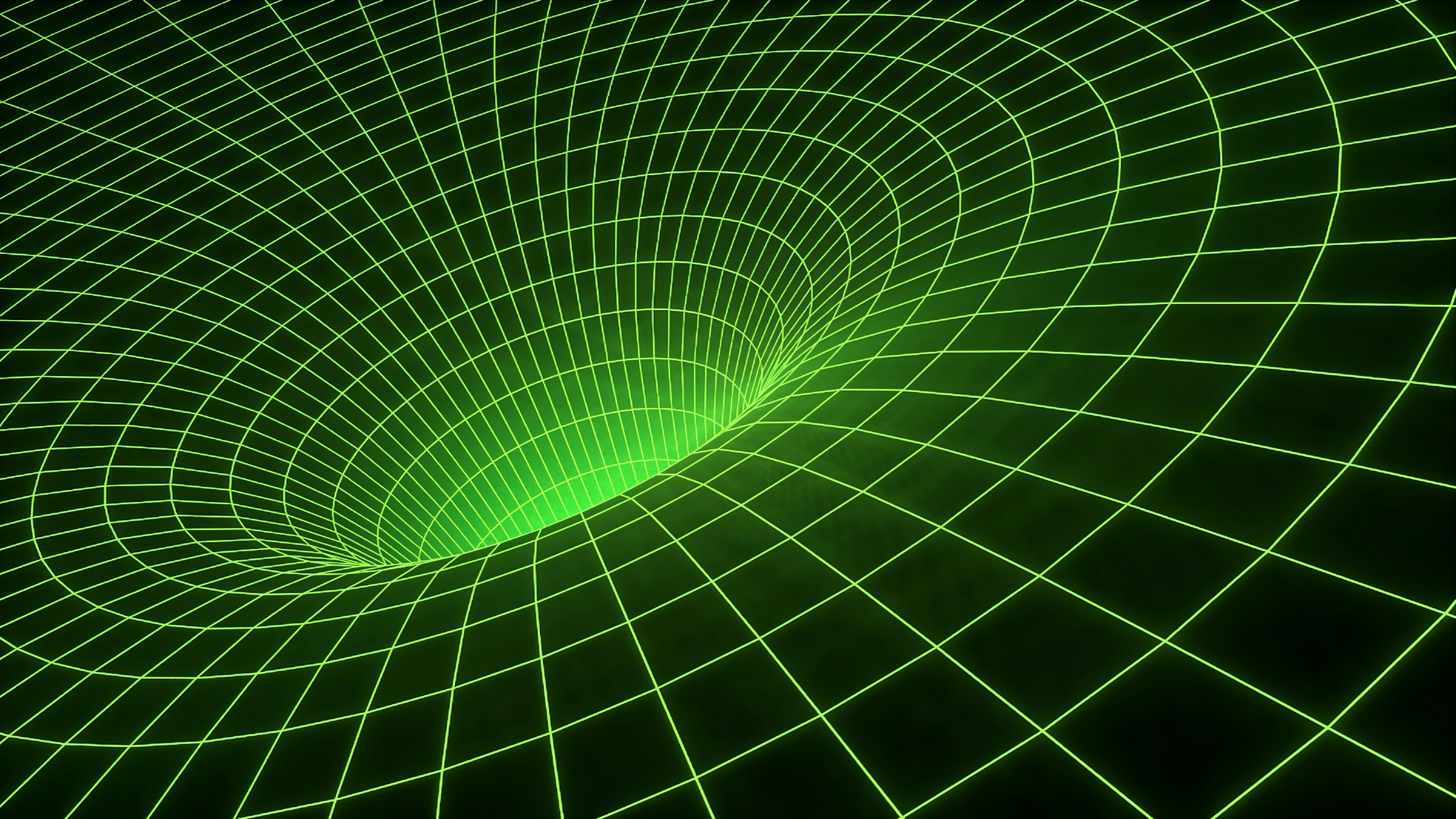Unleash Creativity: Using Textured Surfaces in Photography
Photography is more than just capturing the right moment; it’s an art form that allows us to communicate narratives through various elements. One of the most powerful, yet often underrated, tools in our arsenal is texture. When utilized effectively, textured surfaces can transform your composition, creating depth and evoking emotion. In this article, we will explore how to incorporate textured surfaces into your photography, enhancing not just the visual appeal, but also the storytelling aspect of your images. Get ready to dive deep into the world of textures and tactility!
The Emotional Weight of Textures in Photography
Textures have an extraordinary ability to evoke emotion and mood. Depending on their nature—whether rough, smooth, soft, or gritty—textures can influence how a viewer feels when observing a photograph. For example, capturing the warmth of worn wood can create nostalgia, while a stark, cracked surface might convey decay and abandonment.
Imagine you're photographing an old, rustic barn. The weathered, wooden slats hold stories of years gone by, and as a photographer, it’s your job to unlock those narratives. By closely examining how light interacts with these surfaces, you can capture the subtle interplay of shadows and highlights that tell a story of resilience and history.
To delve deeper into emotional storytelling through textures, consider reading the blog post The Emotional Landscape: Capture Feelings Through Texture in Photography.
Finding the Right Textured Surfaces

The Importance of Environment

Finding textured surfaces involves becoming acutely aware of your surroundings. Nature offers an endless array of textures, from the intricate patterns of tree bark to the delicate weave of a spider’s web. Urban environments, too, are rich in opportunity—with crumbling walls, rusted metal, or sharp glass edges.
While scouting locations, practice mindfulness. Engage your senses: run your fingers over materials, pay attention to how they feel and look under different lights, and be aware of how they interact within their environments. A stone fountain’s rough edges may contrast beautifully with the soft fabric of a nearby flower, creating a compelling harmony.
Textured Surfaces to Consider

Here are some textured surfaces you might consider incorporating into your photography:
-
Natural Elements: Bark, leaves, rocks, and soil can provide organic textures and colors that enhance compositions.
-
Architectural Features: Buildings with peeling paint, aged bricks, or intricate ironwork offer striking contrasts that command attention.
-
Everyday Objects: Items in your home, such as woven baskets, fabrics, or handmade pottery, can reflect personal stories and aesthetics.
-
Human Elements: Capture the unique textures of skin, hair, or clothing. These can add a layer of intimacy to portraits, reflecting personal identity and character.
Techniques for Incorporating Texture Into Compositions

The Role of Lighting

Lighting is crucial when it comes to highlighting textures in your photography. Natural light can enhance textures in a way that artificial lighting often can’t replicate. Utilizing golden hour, for instance, can create long shadows and soft highlights that add depth to your textured surfaces.
Consider experimenting with backlighting, which can help emphasize the contours and details of textured surfaces. A backlit leaf, for example, will display intricate veins and colors that become almost luminous, offering a striking visual effect.
For further insights into mastering light, read our article on Beyond the Lens: Discover Unique Lighting for Stunning Photography.
Varied Angles and Perspectives

Don’t be afraid to play with angles when shooting textured surfaces. A close-up shot can reveal intricate details you might miss in a wider frame. Alternatively, lowering your vantage point can create a dramatic effect, making even the simplest textures leap off the frame.
Experimentation is key here—be willing to shoot from unexpected perspectives. Capturing textures from unusual heights or angles can yield intriguing results that provoke thought and interest.
Depth of Field and Focus

Utilizing a shallow depth of field can isolate your textured surfaces, bringing attention to their unique qualities. By having a blurred background, your textured surface can stand out more prominently, guiding the viewer's eye directly to the subject.
Conversely, a greater depth of field is perfect for landscape photography, where you might want to capture the full detail across a textured scene. Understanding how to manipulate your camera settings can profoundly affect the story your image tells.
Tactility as a Narrative Device

Building a Story With Texture

Textures do more than simply please the eye; they serve as powerful narrative devices in photography. For instance, when presenting an image of a crumbling wall beside vibrant wildflowers, the contrast of decay and life can evoke thoughts of resilience, hope, and beauty in imperfection.
In your compositions, consider what the textures say. Each surface has a history—what story do you want to tell through your images? Crafting such narratives requires sensitivity to both the textures themselves and the emotions you want to evoke in your viewers.
This approach is closely tied to discussing sensory perceptions in photography, which you can explore more in-depth through our article, Unlock Your Photography: Engage the Senses to Captivate Stories.
Practical Gear and Techniques for Texture Photography

Choosing the Right Equipment

Selecting appropriate photography gear can greatly enhance your ability to capture textures. Macro lenses, for instance, allow for striking detailed shots of textures that the naked eye might overlook. Additionally, consider using a tripod for stability, especially in low-light settings where focus is critical.
If you’re looking to explore texture in your journey, you might want to check out our article on Top 10 Must-Have Camera Accessories for Every Photographer in 2025, providing you insight into gear that can enhance your photography experience.
Post-Processing Techniques

After you've captured stunning textured images, don’t neglect the power of post-processing. Software like Adobe Lightroom and Photoshop allows you to enhance textures through sharpening, contrast adjustments, and color grading. Emphasizing textures during editing can draw attention to not only the surfaces but also the emotion they elicit.
For more information on the emotional impact of color grading in photography, you may find Beyond Pixels: Discover the Emotional Power of Color Grading in Photography helpful.
Using Textured Surfaces to Evoke the Senses

Engaging Your Audience

Textures have the unique ability to invite the audience to interact with the image on a sensory level. By choosing surfaces that evoke touch, sound, or even scent, you can create a multi-dimensional experience for your viewers.
Think of a photograph of sandy beaches—viewers can almost feel the graininess against their skin or hear the gentle waves lapping ashore. This kind of engagement helps make your photographs memorable and impactful. Engaging the senses can be taken a step further, as explored in our article, Soundscapes and Stillness: Transform Your Photography Narrative Today.
Final Thoughts
The art of photography is a journey that invites us to look beyond the ordinary and focus on the tactile nature of our surroundings. By integrating textures into your compositions, you'll not only amplify your images' emotional depth, but also sharpen the narrative you seek to convey. Embrace the variety of textures around you and allow them to guide your storytelling.
Whether you are capturing the intricate details of urban life, the raw beauty of nature, or the comforting familiarity of home, textures can serve as a bridge that connects the viewer to the story within the frame. So grab your camera, explore the world around you, and start experimenting with textures to produce compelling visual narratives that resonate!





